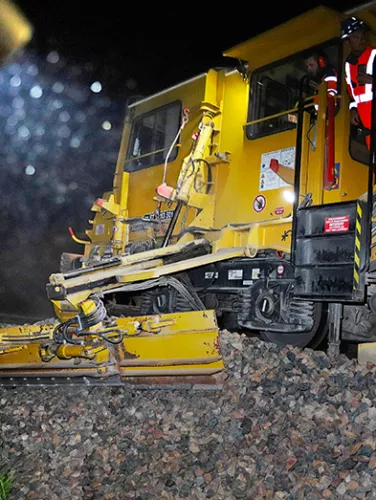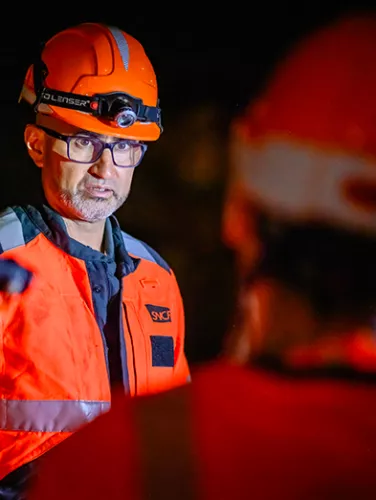Accessible to our teams and to passengers, this reporting system makes it possible to contact SNCF Réseau free of charge to report an anomaly on the rail network - tracks and approaches, catenaries and signalling - and thus help our agents to locate it more easily.
Toutatis (Tournée ouvrages en terre sur alertes intempéries) is a real-time rainfall monitoring system for the railway network's earthworks. The Toutatis alert is triggered when rainfall thresholds are exceeded, indicating to the maintainer that he needs to intervene on site. This system makes it possible to mobilise the right resources with maximum responsiveness, ensuring safety for the infrastructure and saving on maintenance costs.
This service, provided by Météo France for SNCF Réseau, is used to define alert thresholds for watercourses (water level) at measuring stations. Thanks to Predict, we can anticipate the risk of flooding at our facilities and be informed in real time of any flooding in progress that could affect our infrastructure and train services. The aim is to ensure the safety of passengers and goods.
This tool provides three-day rail temperature forecasts for almost 180 sites covering the entire rail network. In this way, maintainers can target their interventions more effectively during heatwaves.



